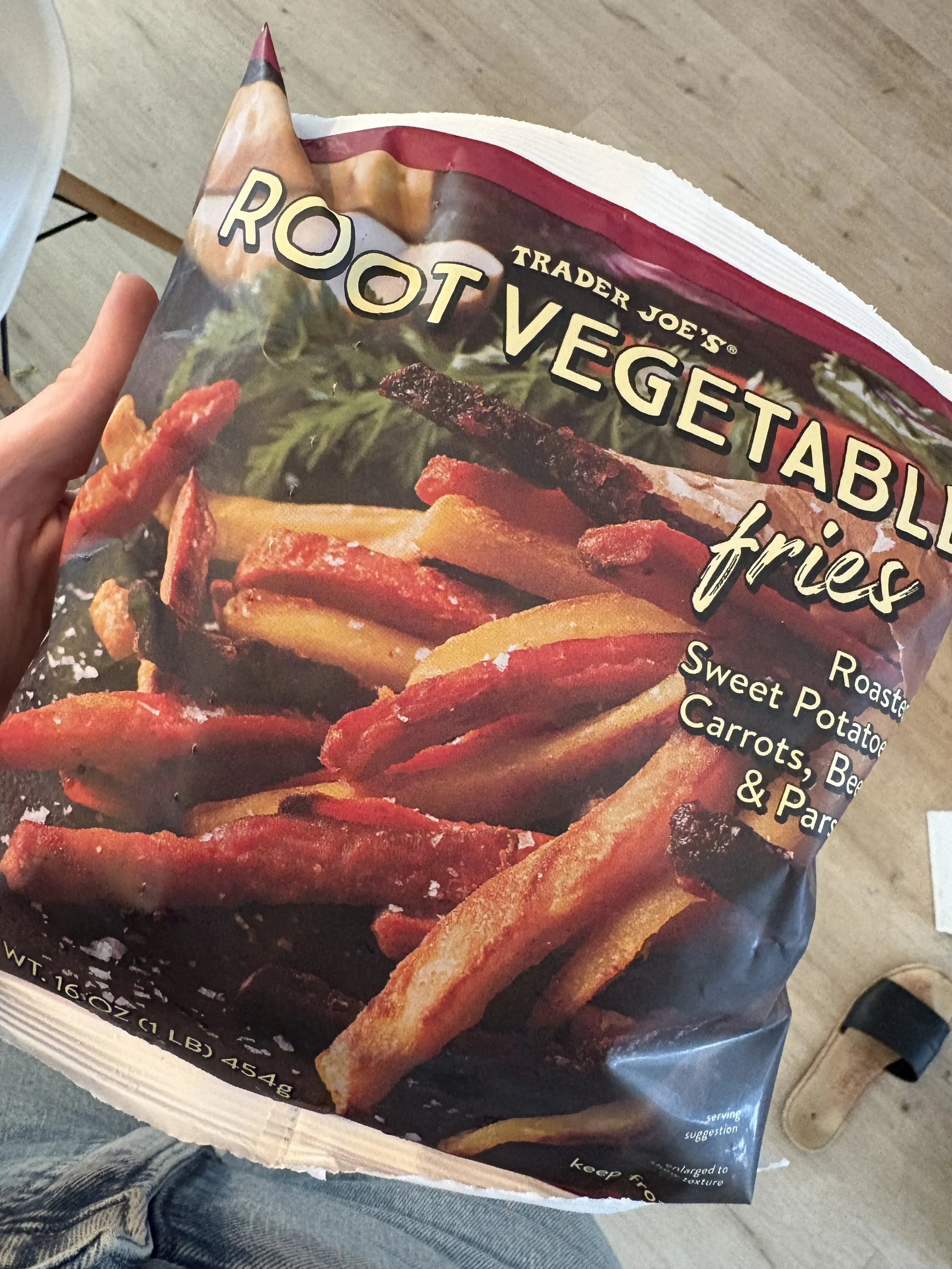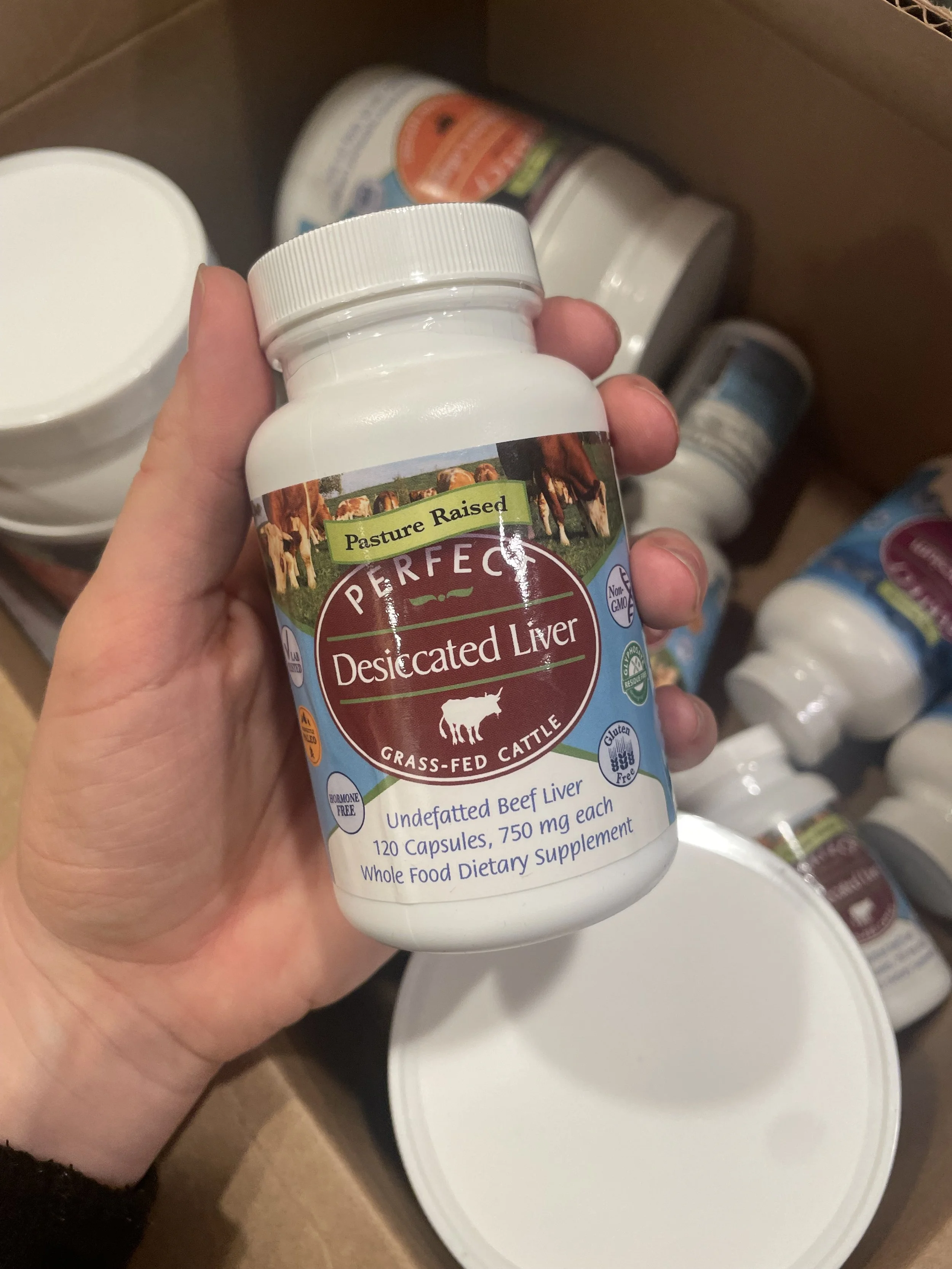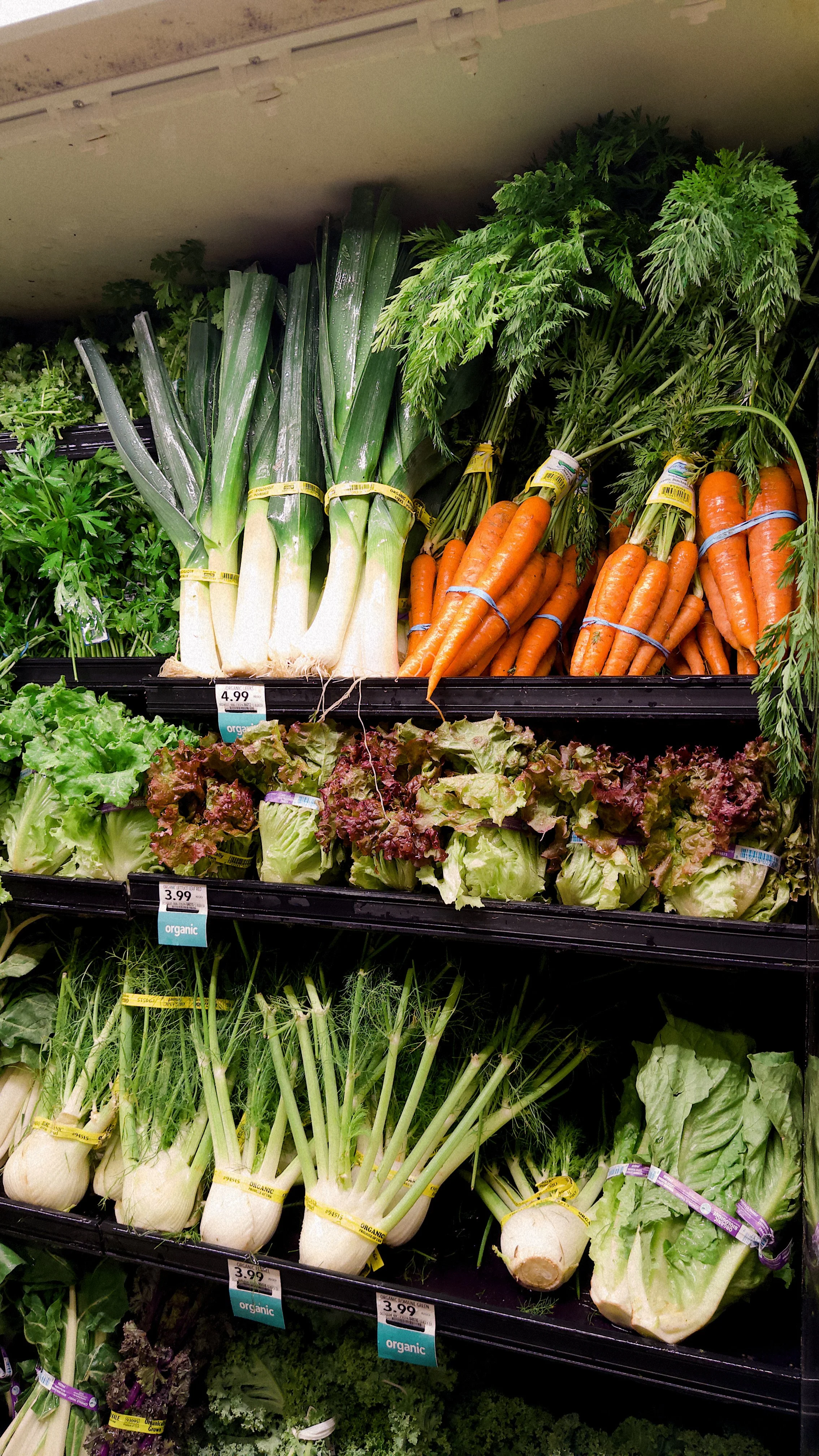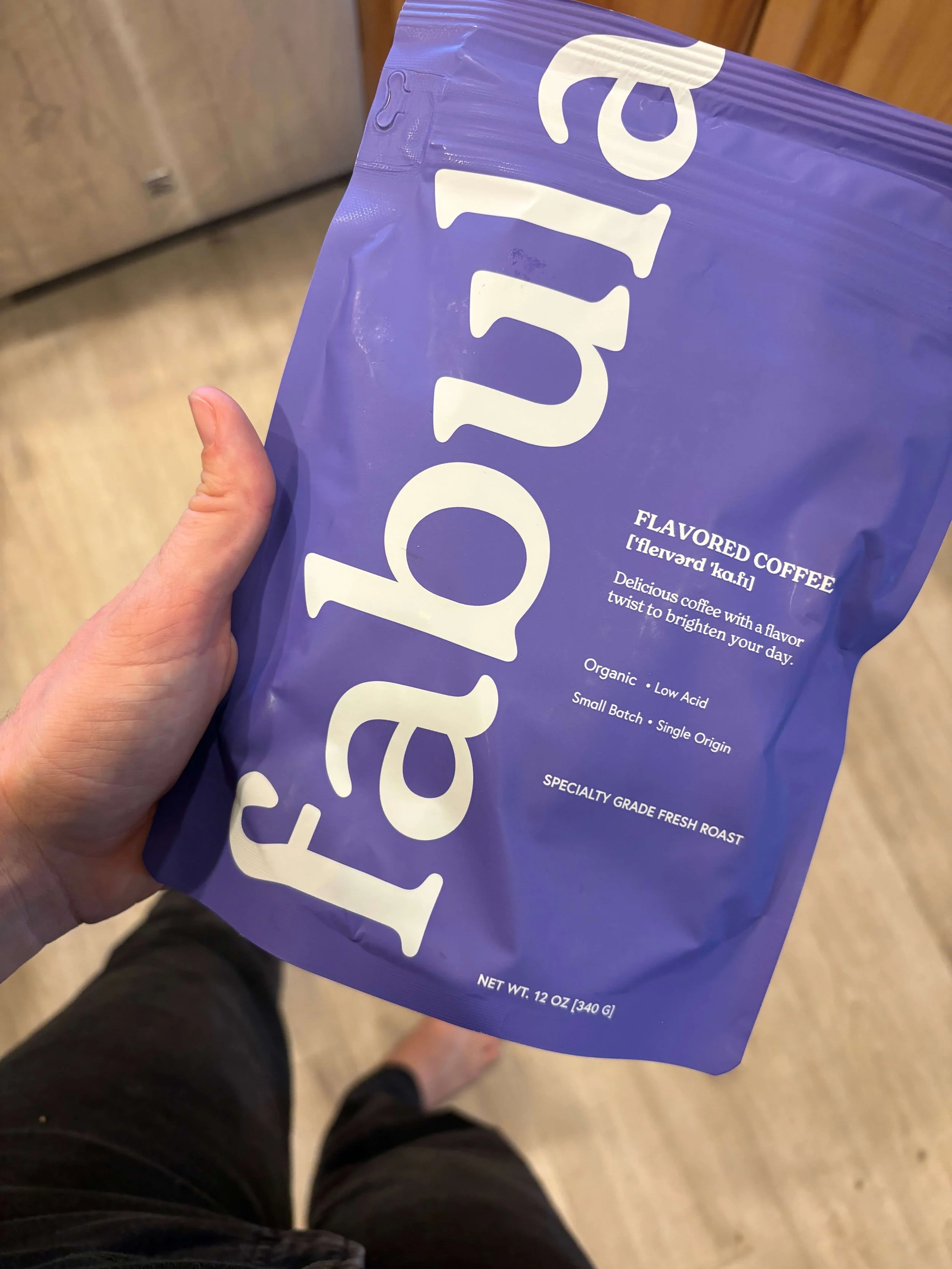How to Easily Include 100g + of Protein in Your Daily Meal Plan 💪
Protein is a game changer for nutrition, athletic performance, blood sugar management, body composition, and more.
However, many people find themselves struggling to reach their protein goal. Here are some easy ways to hit 100+ grams of protein daily. 💪
As a nurse and health coach, one of the most common things I hear from clients is: "I eat healthy, but I still feel tired, bloated, or like I’m not seeing the results I want." More often than not, one key nutrient is missing from their plate: protein.
Protein isn't just for bodybuilders or fitness influencers — it’s essential for everyday energy, hormone balance, muscle tone, metabolism, and even gut health. But many women, especially those trying to eat “clean,” end up unintentionally under-eating protein. Let’s change that.
The Importance of Protein
Protein plays a role in nearly every function in your body. It builds and repairs tissues, supports your immune system, produces enzymes and hormones, and helps you feel full and satisfied after meals (which can reduce sugar cravings later on).
For women, especially, prioritizing protein has many health benefits including:
Stabilize blood sugar (bye, energy crashes)
Support lean muscle (hello, toned arms and a strong metabolism. Plus did you know that building muscle and keeping it are linked with longer life expectancy?!)
Reduce bloating (protein helps crowd out hard-to-digest processed carbs)
Balance hormones (amino acids are the building blocks for hormone production)
If you're chasing better energy, more optimal health, gaining more muscle mass, smoother digestion, or more sustainable weight loss, increasing your daily protein intake is a smart place to start.
How Much Protein Should You Be Eating?
While individual needs vary, a general rule of thumb is 0.7–1 gram of protein per pound of body weight. So if you weigh 150 pounds, your daily protein target might be anywhere from 105 to 150 grams, depending on your health goals, activity level, and age.
If you’re new to tracking protein, aiming for at least 100 grams of protein a day is a great starting point and a general guideline to get you going — it’s a sweet spot for most active women looking to support strength, satiety, and sustainable wellness.
This is not medical or nutrition advice-- especially if you have a medical or health history that would require you to have different protein requirements! If you are wanting to know your exact daily protein needs, a licensed nutritionist is a great place to start. If you need more general guidelines and support shifting your diet to higher protein intake, reach out to learn more about my health coaching options!
Easy Ways to Hit 100g of Protein Daily
You don’t need to live off chicken breast or chug chalky shakes to hit your protein goals.
Generally speaking, I am a big fan of sourcing protein from animal products. They tend to be higher in protein per ounce serving-- meaning you do not need to eat a large volume to get your desired amount of protein. Plus, many plant-based meats and vegan meat substitutes are well.. not meat. Instead, they tend to have a lot of artificial ingredients and preservatives which can be harder to digest.
Here are some easy, whole-food-focused ways to get there:
1. Start strong with breakfast:
Swap the bagel for a protein-packed start. Think:
2 eggs + ½ cup cottage cheese (30g)
Protein smoothie with Greek yogurt, collagen, and chia seeds (25g+)
add ground turkey and egg whites to make an omelette
PRO TIP: Add a scoop of collagen to your morning coffee for an additional 10 grams of protein 👏 One of the quickest and easiest ways to boost your morning protein intake (and help support healthy hair, skin, and nail growth. Win, win. ✨)
Breakfast is always my most consistent meal— like, so consistent I have been eating nearly the same things for breakfast for the last 4+ years 😅 And I would confidently say that it was one of the most impactful things I implemented when healing my body and hormone imbalances.
2. Prioritize protein for every meal:
Yes, this means including protein in every single meal or snack. But even more, protein should be the priority.
When I meal plan for my family, I always pick our protein source first and then build our meals around that. But protein is always the star of the show!
For my family, we use a meal rotation. This means week after week, we pretty much have the same meals planned out. This makes grocery shopping really easy for me, and keeps me from feeling decision fatigue when figuring out what’s for dinner. One of our go-tos week after week is a taco night. So when I am trying to plan our dinners with an emphasis on protein, I ensure we have plenty of protein options for our tacos.
Whether it’s beef, chicken, or steak— the protein is the main attraction! That’s not to say I am only eating meat, but for myself (and most others), fats and carbs are pretty easy to hit when tracking macros. But protein is usually what hinders nutritional progress. So that is why it takes up most of my focus.
3. Consider clean protein powders or collagen:
Not every meal needs to be perfectly cooked from scratch. A high-quality protein powder can make it easier to meet your needs, especially on busy days. I love adding unflavored collagen to tea, coffee, or oatmeal (10 g protein per scoop). Like literally, it is the easiest way to ensure you're getting enough protein. But protein powders and shakes can also help, especially if you are looking for added convenience or having meals on the go.
Here are some of my faves, depending on what you are looking for:
animal-based proteins- Grass-fed, pasture-raised whey is the gold standard in my opinion and always my first choice when using protein powders.
Promix- One of the absolute cleanest options. I have tried the chocolate and appreciate the mild flavor that is not too sweet.
Vegan Protein- These are good options if you are looking to limit your consumption of animal products, or do not tolerate whey well.
Truvani- one of the only vegan protein brands that I have found to have quality ingredients and a great taste!
4. Use simple swaps:
Often, we can optimize our nutrition by working smarter, not harder.
Swap pasta for lentil or chickpea pasta
Choose Greek yogurt over regular yogurt
Add hemp, pumpkin, or sunflower seeds to salads or snacks
Use bone broth as a base for soups (packed with essential amino acids and great for skin, hair, and gut health)
5. Snack Smart
while I am a big advocate for whole food sources first (to make sure you are hitting your nutritional needs), snacks can be a great way to hit your daily protein goals. Some of my fave high-protein snacks include:
protein shakes
protein bars— I am super picky with protein bars. I do not like it when they are chalky or have that weird protein taste. I have tried dozens, and here are some of my go-to picks again and again:
Aloha Bars - this brand has a bunch of different flavors (I love peanut butter chocolate!), and tends to be a more affordable option than other “clean” protein bars.
Promix Protein Puff Bar- this is one of the most unique protein bars I have ever tried- imagine a rice krispy treat texture with 15 grams of grass-fed whey protein 👏
meat sticks - I look for something that is grass-fed and pasture-raised if possible! We love PaleoValley or Country Archer for a quick on-the-go snack.
Conclusion: Protein Isn’t a Fad — It’s Foundational
Protein is more than a macronutrient; it’s a key to feeling vibrant, strong, and grounded in your wellness journey. And when you approach it with a whole-food, sustainable mindset, it doesn’t feel restrictive — it feels nourishing. Since transitioning to a higher protein diet myself, and focusing on a more ancestral eating style, i have seen so many changes in my health and wellness-
health, regular menstrual cycles (after a long history of extremely irregular and completely missing cycles)
clear skin with minimal acne
two healthy pregnancies and postpartum periods
increased muscle mass and muscle strength
If you’ve been putting protein on the back burner, consider this your gentle nudge to prioritize healthy eating and quality protein sources. If you need help or inspiration creating nutrient-dense meals and meeting your health goals, shoot me an email at hello@wellnesswithkaelyn.com to chat about my health coaching options!
Related Reads:














For those of you following my gray hair grow-out journey— here are the latest results from my gray blending appointment at the salon!